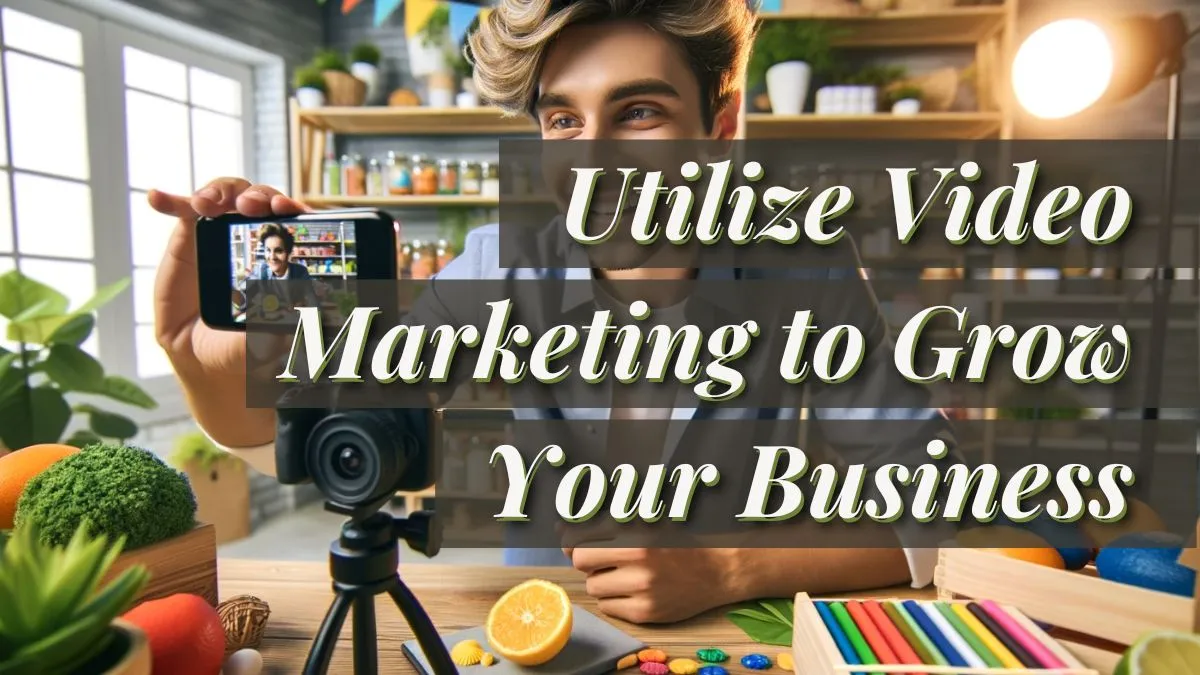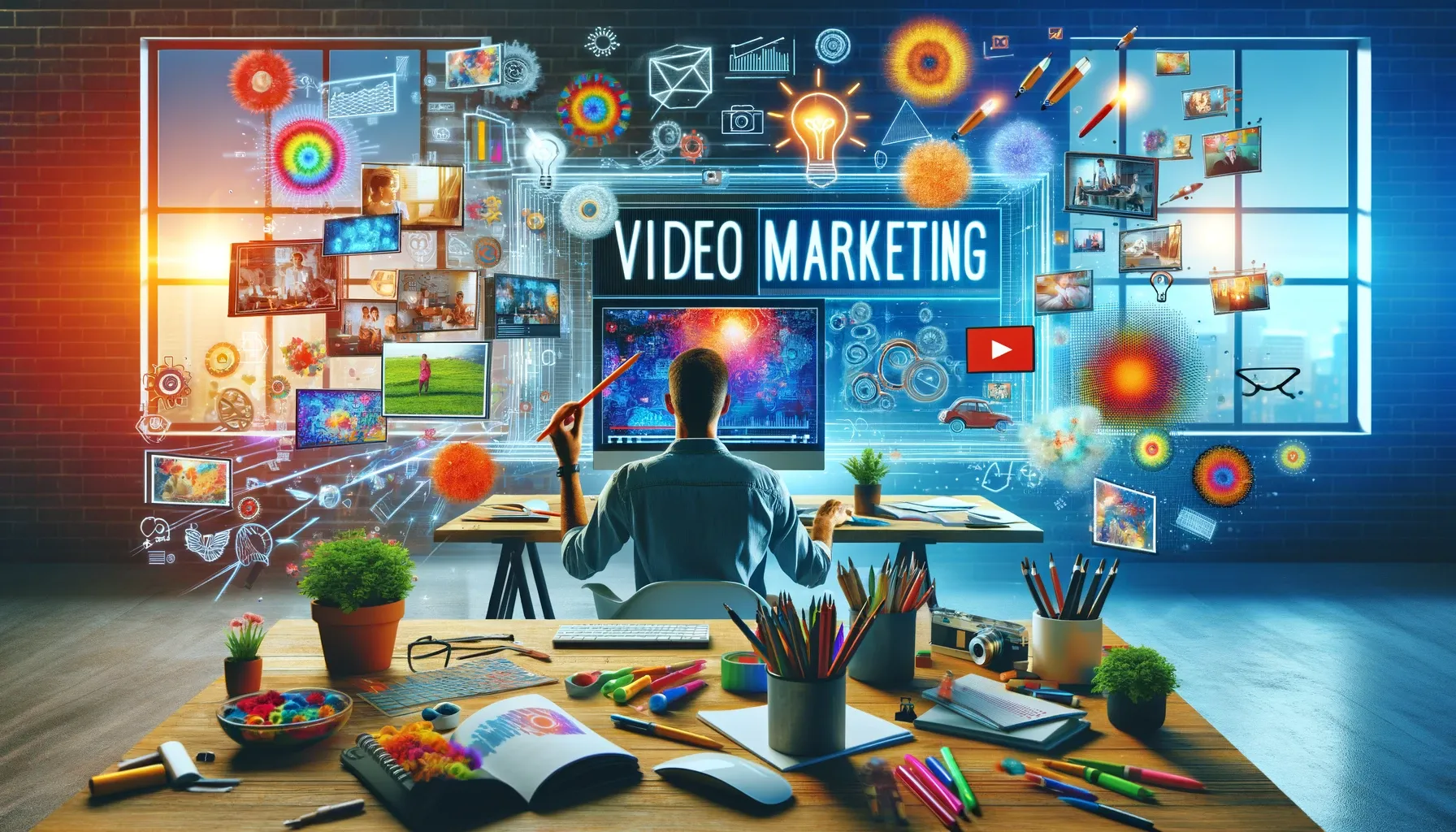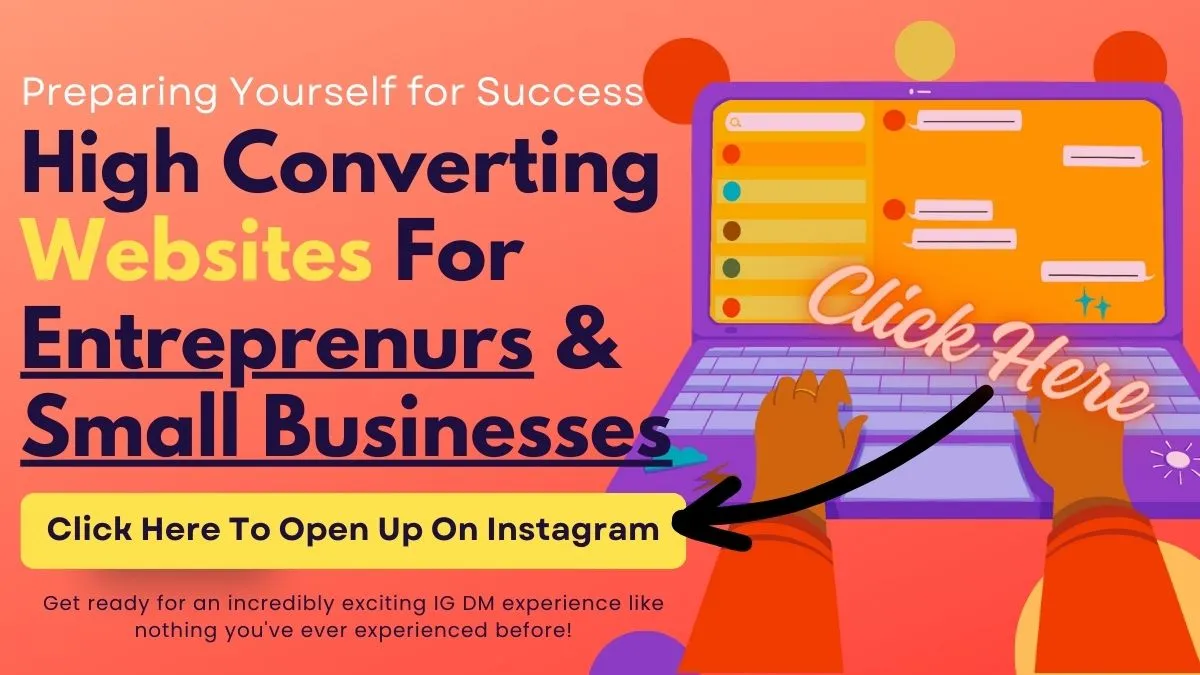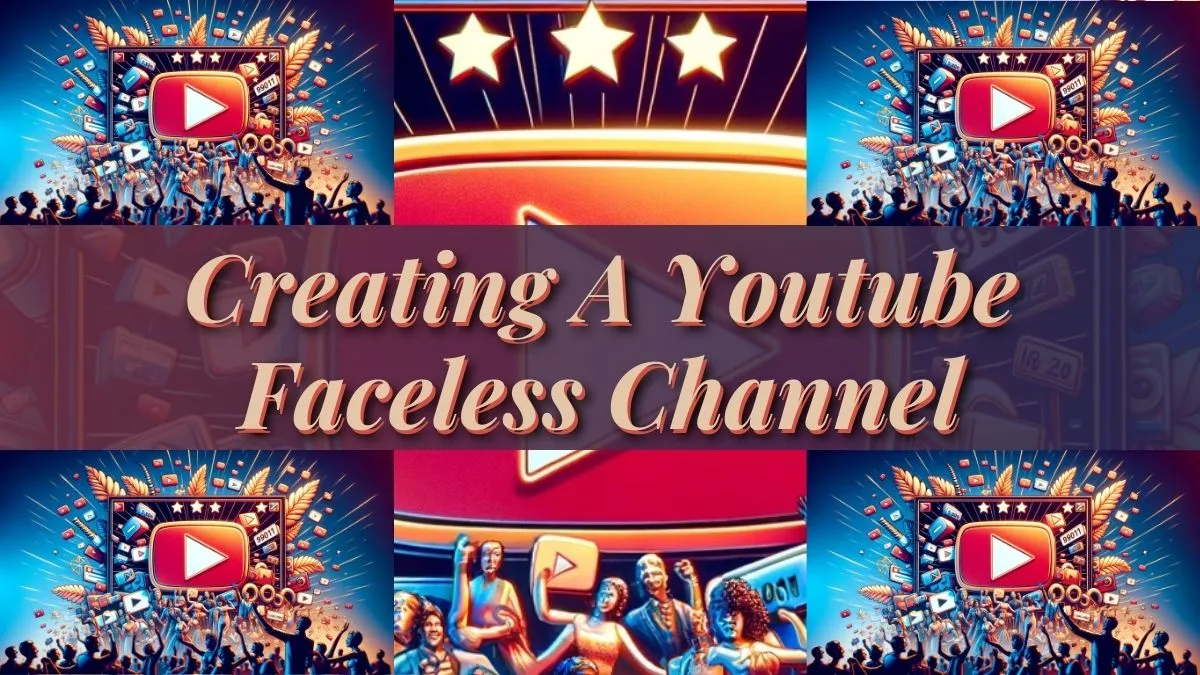Why Video Marketing Is Crucial For Small Businesses

In the fast-paced digital era, the importance of video marketing for small businesses cannot be overstated.
With 86% of businesses using video as a marketing tool, it's a key factor in driving customer engagement and boosting sales. Video content not only grabs attention but also forms connections.
It can communicate your brand's story, values, and products in a dynamic way that's hard for static text or images to match.
Furthermore, video marketing allows businesses to showcase their expertise and build trust with their audience by providing valuable and informative content.
By leveraging the power of visuals and storytelling, small businesses can effectively capture the attention of their target market and stand out in a crowded digital landscape.
Let's delve deeper into why video marketing can be the game-changer your small business needs.
Understanding Video Marketing

Incorporating compelling video content into your marketing initiatives is a forward-thinking strategy that can significantly enhance your campaigns. But what exactly does it involve, and why is it so beneficial?
In its simplest terms, video marketing is the use of videos to promote and market your product or service, engage with your audience on social media, educate consumers, and reach your audience with a new medium.
The benefits are manifold. It can significantly improve your business's online presence, boost click-through rates, increase conversions and sales, and foster a stronger relationship with your customers.
Google's algorithm also favors high-quality, relevant video content, helping you improve your SEO and rank higher on search engine results pages.
Starting with Video Marketing for Small Businesses

Embarking on a video marketing journey may seem daunting, especially for small businesses with limited resources. But with a strategic approach, it's completely achievable.
Firstly, you'll need to acquire or access some basic equipment and software. A smartphone with a good camera, a tripod, a microphone, and some video editing software can set you on your way.
Several affordable and user-friendly options are available in the market catering specifically to small businesses.
Next comes the planning phase. Identify your goals. Are you aiming for brand awareness? Or do you want to highlight a specific product? Knowing your objectives will shape your content strategy.
Understanding your audience is also vital. If you know your audience's preferences, you can create video content that truly resonates with them.
Survey your existing customers, analyze your website and social media data, and do some competitor analysis.
Creating Engaging Video Content

Now that you've got your tools and a basic strategy, it's time to move on to creating engaging video content. Here's where creativity and authenticity are key.
When it comes to creating compelling videos, remember that quality matters more than quantity.
High-quality videos don't necessarily mean high production value with professional cameras. Instead, it's about the quality of the story you're telling and the way you're portraying your business.
Here are some valuable tips for creating captivating video content:
Storytelling
Try to narrate a story rather than plainly selling a product or service. People connect more with stories, and it's an excellent way to evoke emotions and engage your audience.
Authenticity
Stay true to your brand. Authenticity goes a long way in connecting with your audience. Show them the real people behind the brand, how things work, behind the scenes - this creates trust and deepens customer relationships.
Educate your Audience
Instructional and educational videos can add value to your audience. 'How-to' videos or explainer videos about your products or industry can be highly beneficial.
Keep it Short and Engaging
Attention spans are dwindling, so try to keep your video content concise. The first few seconds are crucial to grab the viewer's attention.
Include a Call To Action (CTA)
What do you want viewers to do after watching your video? Include clear CTAs, like asking viewers to visit your website, call a phone number, or check out a product.
Platforms for Video Marketing

You have completed your videos. But where should you post them? The choice of platform can significantly impact your video marketing strategy's success.
YouTube
As the second most visited website after Google, YouTube is a platform you can't ignore. It's an excellent platform for sharing longer video content, tutorials, interviews, and more.
Facebook and Instagram
These social platforms are ideal for shorter videos, behind-the-scenes clips, live videos, and stories. They are also great for promoting your YouTube videos.
If your small business is B2B, LinkedIn could be highly effective. Professional explainer videos, product demos, and thought leadership videos can perform well here.
Optimizing Videos for SEO

Once your videos are live, the next crucial step is video SEO optimization. Video SEO involves optimizing your video to be indexed and rank on the search engine results page for relevant keyword searches.
Key elements of video SEO include:
Title and Description
Your video's title and description should be engaging and include relevant keywords. This is what viewers (and search engines) first see when discovering your video content.
Video Tags
Use relevant keywords in your video tags to help YouTube understand your video's context.
Video Transcripts
By including transcripts in your videos, you can reach a wider audience and provide search engines with additional content to index.
Video Sitemap
A video sitemap provides information about the video content on your site and makes it easier for Google to find and understand your videos.
Promoting Your Video Content

After creating and optimizing your videos, the next step is promotion. The objective is to maximize visibility and reach the right audience. Here are some strategies to help:
Social Media Promotion
Sharing your videos on social media platforms is an excellent way to increase visibility.
Each platform has different video formats and user behavior, so tailor your content accordingly. For instance, teasers might work well on Instagram, while in-depth tutorials may be best for YouTube.
Email Campaigns
Incorporating videos in your email marketing can boost engagement rates. An enticing thumbnail in your email can increase clicks, and the video itself can keep your audience engaged with your message.
Collaborations and Influencer Marketing
Collaborating with relevant influencers or other small businesses in your industry can help you reach a broader audience. Guest appearances, shoutouts, or collaborative content creation can be mutually beneficial.
Website Embedding
Don't forget to embed your videos on your website, especially on relevant blog posts and landing pages. This can enhance user experience and increase time spent on your site.
Measuring the Success of Your Video Marketing Strategy

After executing your video marketing strategy, it's essential to measure its performance.
By tracking the right metrics, you can identify what's working, what's not, and optimize your future strategy. Here are some key performance indicators (KPIs) you should monitor:
Views
This is the most basic metric, showing the total number of people who watched your video. More views usually indicate more interest, but it doesn't tell you much about engagement or actions taken.
Watch Time
This reveals the duration for which viewers engage with your videos. If they're dropping off early, you may need to make your content more engaging.
Engagement
Likes, shares, comments, and subscribes can all give you an idea of how your audience is engaging with your content.
Click-through Rate (CTR)
If you included a CTA in your video (and you should!), the CTR shows what percentage of viewers clicked on it.
Conversion Rate
The ultimate goal is not just to get views, but to convert those views into action - a product purchase, a newsletter sign-up, a service inquiry.
Future Trends in Video Marketing for Small Businesses

As you continue your video marketing journey, it's essential to stay ahead of the trends. Here are some future trends that small businesses should consider:
Live Streaming
As consumers crave real-time, authentic connections, live-streaming is becoming increasingly popular. Live Q&As, product launches, or behind-the-scenes footage can provide an intimate, engaging experience.
Virtual Reality (VR) and Augmented Reality (AR)
While they might seem a bit advanced for small businesses, these technologies are becoming more accessible.
They offer interactive experiences that can boost engagement and differentiate your brand.
For instance, AR can allow customers to visualize how your product would look in their space.
***User-Generated Content (UGC)***
UGC, such as customer testimonials or unboxing videos, can provide social proof and enhance trust. As consumers value peer recommendations, UGC can be a powerful tool for small businesses.
Video SEO
As search engines get smarter, optimizing your video content will continue to be crucial. Keep up with the latest SEO trends to ensure your videos are visible and rank well.
***Short-Form Video***
With platforms like TikTok and Instagram Reels, short, snappy videos are the rage. They're easy to consume and share, making them a great way to increase brand visibility.
Conclusion
Video marketing for small businesses is more than just a buzzword; it's a powerful strategy to connect with your audience, tell your story, and grow your business.
As we've seen, getting started doesn't require a massive budget or complex tools—just a strategic approach and a focus on creating authentic, engaging content.
Remember to measure your performance, learn from your data, and continually refine your strategy. Look to successful case studies for inspiration and keep an eye on future trends to stay ahead.
Video marketing might seem intimidating, but the potential rewards are huge.
So, why wait? Start your video marketing journey today and unlock new growth opportunities for your small business.




